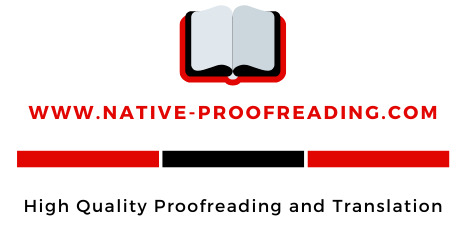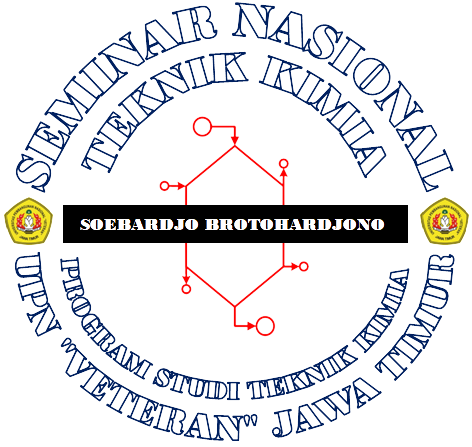Potensi Metabolit Sekunder Buah Jambu Biji (Psidium Guajava) sebagai Inhibitor Korosi Ramah Lingkungan pada Besi
Abstract
Sebagai alternatif inhibitor sintetis, green inhibitor sangat berguna pada material yang tidak memungkinkan digunakan metoda proteksi secara pelapisan dan proteksi katodik. Jambu biji memiliki komponen metabolit sekunder yang dapat digunakan sebagai penghambat korosi. Buah jambu biji diekstraksi menggunakan metoda maserasi. Selanjutnya, ekstrak jambu biji dilakukan karakterisasi secara fitokimia. Kinerja inhibitor dilakukan dengan mengunakan 2 jenis air (sumur dan laut) serta variasi konsentrasi ekstrak yaitu 3%, 10% dan 25%. Laju korosi pada paku menjadi semakin kecil dengan bertambahnya konsentrasi ekstrak. Pada air laut, penambahan 25% ekstrak menunjukkan kenaikan massa sebesar 0,018% dari berat paku mula-mula. Efisiensi inhibitor paling besar terjadi pada penambahan 25% ekstrak yaitu sebesar 98,39% pada media air sumur dan 99,75% pada air laut. Oleh sebab itu, jambu biji sangat berpotensi untuk digunakan sebagai aplikasi green inhibitor masa depan.
Keywords
Full Text:
DOWNLOAD PDFReferences
Akbar, S. A., Armelianda, D., & Muttakin, M. (2018). Electrolyte Performance of Noni Fruit Extracts (Morinda Citrifolia L.) for C–Zn Batteries, CHEESA: Chemical Engineering Research Articles, 1(2): 74-81.
Askari, M., Aliofkhazraei, M., Ghaffari, S., & Hajizadeh, A. (2018). Film former corrosion inhibitors for oil and gas pipelines - A technical review, J Nat Gas Sci Eng, 58, 92-114.
Chakraborty, S., Afaq, N., Singh, N., & Majumdar, S. (2018). Antimicrobial activity of Cannabis sativa, Thuja orientalis and Psidium guajava leaf extracts against methicillin-resistant Staphylococcus aureus, J. Integr. Med, 16(5), 350-357.
Gupta, R., Malik, P., Das, N., & Singh, M. (2019). Antioxidant and physicochemical study of Psidium guajava prepared zinc oxide nanoparticles, J Mol Liq, 275, 749-767.
Haruna, K., Obot, I. B., Ankah, N. K., Sorour, A. A., & Saleh, T. A. (2018). Gelatin: A green corrosion inhibitor for carbon steel in oil well acidizing environment, J Mol Liq, 264, 515-525.
Hu, W., Li, C., & Shchukin, D. G. (2018). Ceramic honeycomb-like alumina film as corrosion inhibitor carrier and mechanism analysis, Colloids Surf. A, 555, 237-245.
Koriem, K. M. M., Arbid, M. S., & Saleh, H. N. (2019). Antidiarrheal and protein conservative activities of Psidium guajava in diarrheal rats, J Integr Med, 17(1), 57-65.
Mahidashti, Z., Shahrabi, T., & Ramezanzadeh, B. (2018). The role of post-treatment of an ecofriendly cerium nanostructure Conversion coating by green corrosion inhibitor on the adhesion and corrosion protection properties of the epoxy coating, Prog Org Coat, 114, 19-32.
Mo, S., Li, L. J., Luo, H, Q., & Li, N. B. (2017). An example of green copper corrosion inhibitors derived from flavor and medicine: Vanillin and isoniazid, J Mol Liq, 242, 822-830.
Moradi, M., Song, Z., & Xiao, T. (2018). Exopolysaccharide produced by Vibrio neocaledonicus sp. as a green corrosion inhibitor: Production and structural characterization, Mater Sci Technol, 34, 2447-2457.
Rassouli, L., Naderi, R., & Mahdavain, M. (2018). Study of the impact of sequence of corrosion inhibitor doping in zeolite on the self-healing properties of silane sol–gel film, Ind. Eng. Chem. Res, 66, 221-230.
Saviour, A., Umoren., Abdullah, A., Ahmary, A., Gasem, Z. M., & Solomon, M. M. (2018). Evaluation of chitosan and carboxymethyl cellulose as ecofriendly corrosion inhibitors for steel, Int. J. Biol. Macromol, 117, 1017-1028.
Verma, C., Ebenso, E. E., Bahadur I., & Quraishi, M. A. (2018). An overview on plant extracts as environmental sustainable and green corrosion inhibitors for metals and alloys in aggressive corrosive media, J Mol Liq, 266, 577-590.
Wang, L., Lu, F., Liu, Y., Wu, Y., & Wu, Z. (2018). Photocatalytic degradation of organic dyes and antimicrobial activity of silver nanoparticles fast synthesized by flavonoids fraction of Psidium guajava L. leaves, J Mol Liq, 263, 187-192.
Wysocka, J., Cieslik, M., Krakowiak, S., & Ryl, J. (2018). Carboxylic acids as efficient corrosion inhibitors of aluminium alloys in alkaline media, Electrochim. Acta, 289, 175-192.
Article Metrics
Abstract has been read : 1250 timesDOWNLOAD PDF file viewed/downloaded: 0 times
DOI: http://doi.org/10.25273/cheesa.v2i1.4014
Refbacks
- There are currently no refbacks.

This work is licensed under a Creative Commons Attribution-NonCommercial-ShareAlike 4.0 International License.



